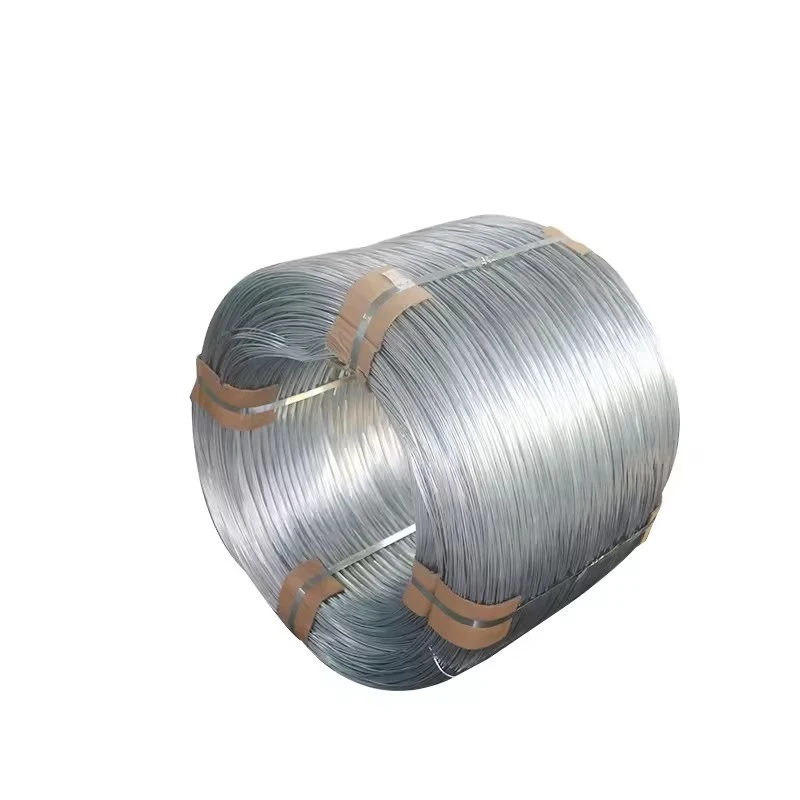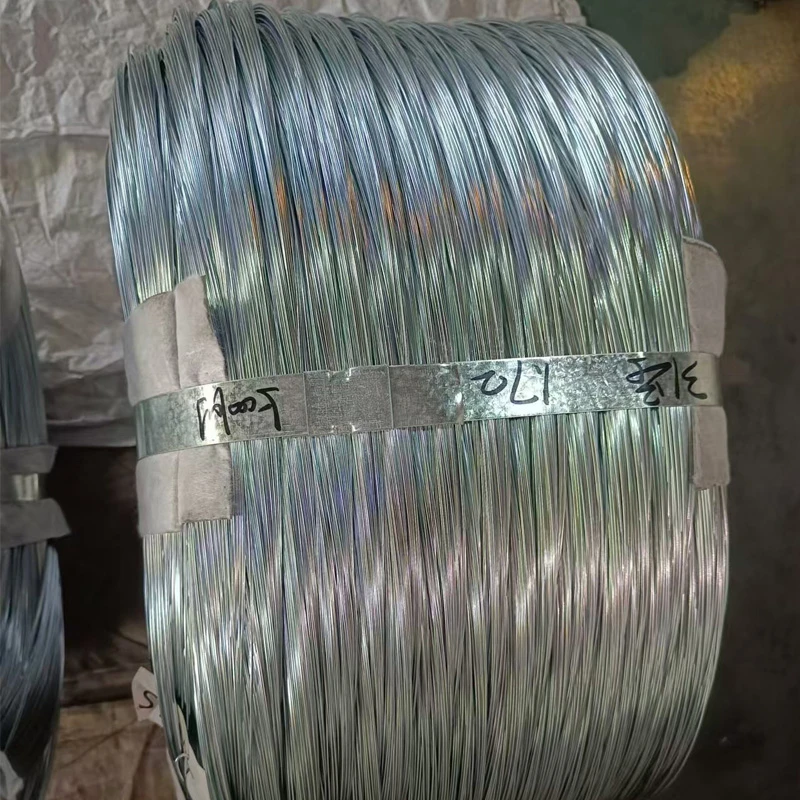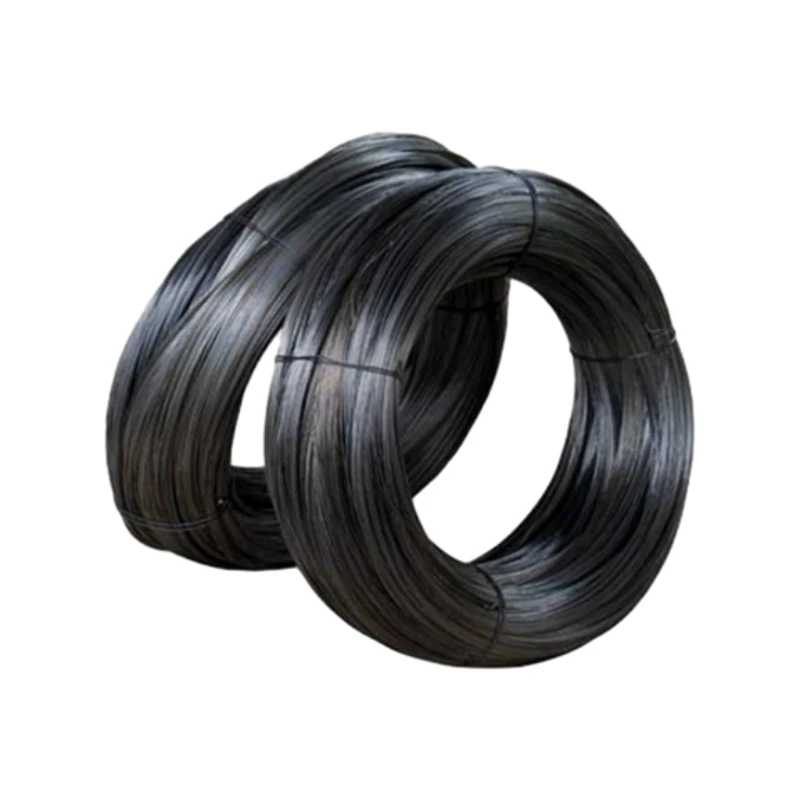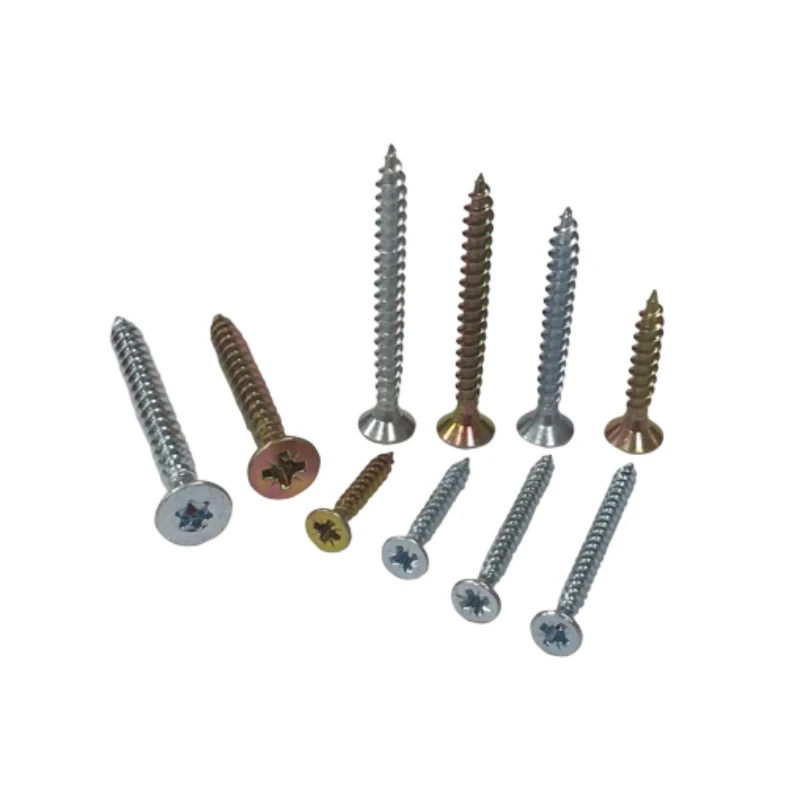
Talk With Us
+86-13601661296
Email Address
admin@sxjbradnail.comType 90 18 Gauge Staples – High Precision, Strong Holding Power for All Woodworking Needs
- Introduction to type 90 18 gauge staples
and market trends - Technical advantages in fastening solutions
- Comparing staple types: F type vs T type nails
- Detailed product comparison: Type 90 18 gauge staples vs Type 71 22 gauge staples
- Leading manufacturers of type 90 18 gauge staples
- Custom solutions for diverse industry needs
- Conclusion: The future of type 90 18 gauge staples in fastening systems

(type 90 18 gauge staples)
Introduction to Type 90 18 Gauge Staples and Market Trends
The demand for high-performance fastening systems is growing rapidly, with type 90 18 gauge staples emerging as a preferred choice in the woodworking, upholstery, and construction industries. According to recent market research, the global staple market is projected to grow at a CAGR of 5.1% between 2023 and 2028, driven by the need for efficient, reliable fasteners. A notable shift is observed towards versatile staples that can handle diverse substrates while minimizing surface damage. This blog explores the technical advantages that set these staples apart, evaluates their position among competitors, and includes a comparative analysis of the main types relevant to today’s professionals.
Technical Advantages in Fastening Solutions
Type 90 18 gauge staples are engineered with a precise balance of wire thickness and crown width, making them exceptionally versatile. The 18 gauge wire offers a unique combination of strength and flexibility. Studies show that this gauge can penetrate hardwoods without splitting, while also securing delicate veneers without leaving pronounced marks. For example, stress tests reveal that these staples can withstand a pull-out force of up to 70 lbs on solid wood, far surpassing most lighter gauge alternatives. Corrosion resistance, especially when galvanized or stainless steel versions are used, extends their service life in moisture-prone environments. The narrow crown further ensures a discreet fastening, crucial for applications requiring high aesthetic standards.
Comparing Staple Types: F Type vs T Type Nails
While evaluating fastening systems, understanding the distinction between staple types and nails is vital. F type nails, known for their headless design, are favoured in finishing applications for their virtually invisible appearance after insertion. In contrast, T type nails provide a slightly broader head that lends increased holding power, which is desirable when fastening thicker materials.
When compared, a type 90 18 gauge staple offers a much larger surface area for grip within the substrate, reducing the likelihood of pull-out under stress. Professionals thus often prefer staples when a strong mechanical bond is needed, such as in structural joinery or high-load upholstery. Below is a comparative table to visualize their technical attributes:
| Fastener Type | Material Thickness | Visible Mark After Fastening | Pull-Out Resistance | Typical Applications |
|---|---|---|---|---|
| Type 90 18 Gauge Staples | Thin to Medium | Minimal | High | Upholstery, Moldings, Furniture Assembly |
| F Type Nails | Thin | Invisible | Medium | Finishing, Trim, Picture Framing |
| T Type Nails | Medium to Thick | Visible | Medium-High | Framing, Paneling |
Detailed Product Comparison: Type 90 18 Gauge Staples vs Type 71 22 Gauge Staples
Delving further, let's analyze type 90 18 gauge staples alongside type 71 22 gauge staples, two staples commonly chosen for light- and medium-duty applications. Type 71 22 gauge staples are thinner and best suited to more delicate materials, while type 90 18 gauge staples offer enhanced strength and retention.
To illustrate the key differences, the following table provides a head-to-head comparison:
| Parameter | Type 90 18 Gauge Staples | Type 71 22 Gauge Staples |
|---|---|---|
| Wire Thickness (Gauge) | 18 | 22 |
| Crown Width | 5.8 mm | 9.0 mm |
| Typical Leg Length | 10–40 mm | 6–16 mm |
| Holding Strength | Up to 70 lbs | Up to 40 lbs |
| Best For | Medium-duty woodworking, frames, subfloors | Upholstery, insulation, light trim |
The data indicates that type 90 18 gauge staples provide a superior holding power and are better suited for more demanding environments. However, the smaller, less intrusive type 71 22 gauge staples remain relevant for applications requiring minimal material disturbance.
Leading Manufacturers of Type 90 18 Gauge Staples
The quality and performance of staples can vary significantly across manufacturers. Major global players such as BeA, Senco, and Rapid have established robust reputations for precision manufacturing and consistent quality. BeA staples, for instance, are tested under stringent ISO standards, providing traceable quality assurance. Senco, with almost a century of expertise, integrates corrosion-resistant coatings and ensures superior feeding reliability within staplers. Rapid focuses on optimized point geometry to reduce drive effort and enhance user safety.
Comparative industry tests show that inconsistency in staple production—such as off-center legs or variable wire hardness—can result in jamming, incomplete fastening, or premature substrate failure. Choosing reputable brands minimizes downtime, increases project throughput, and lowers the risk of costly rework.
Custom Solutions for Diverse Industry Needs
Not all applications can rely on off-the-shelf staples. Many industries now specify custom staple lengths, finishes, or even proprietary materials to suit unique jobsite challenges. For example, the automotive sector often requires zinc-plated staples for enhanced corrosion resistance when attaching upholstery inside vehicles. The furniture industry, on the other hand, might prefer stainless steel for high-end outdoor products subjected to moisture and temperature fluctuations.
Furthermore, color-matched staples are increasingly in demand for visible surfaces in decorative paneling and exposed joinery, combining mechanical robustness with aesthetic precision.
- Furniture manufacturing: tailored staple lengths for custom frame profiles
- Automotive sector: specialized coatings for aggressive environments
- Construction: high-volume packs with anti-rust finishes for subflooring applications
Conclusion: The Future of Type 90 18 Gauge Staples in Fastening Systems
In summary, type 90 18 gauge staples represent an optimal blending of strength, efficiency, and versatility for professionals seeking fast and secure fastening results. Their technical superiority, proven by quantifiable mechanical properties and adaptable manufacturing options, positions them well for evolving industry demands. Looking forward, automation in staple production and further advances in anti-corrosion technologies are anticipated to widen their applicability, especially where precision and reliability are paramount.
With durable build, customizable features, and a proven track record across multiple sectors, type 90 18 gauge staples are set to remain a mainstay in industry solutions—ensuring robust, aesthetic, and long-lasting joins wherever they are deployed.
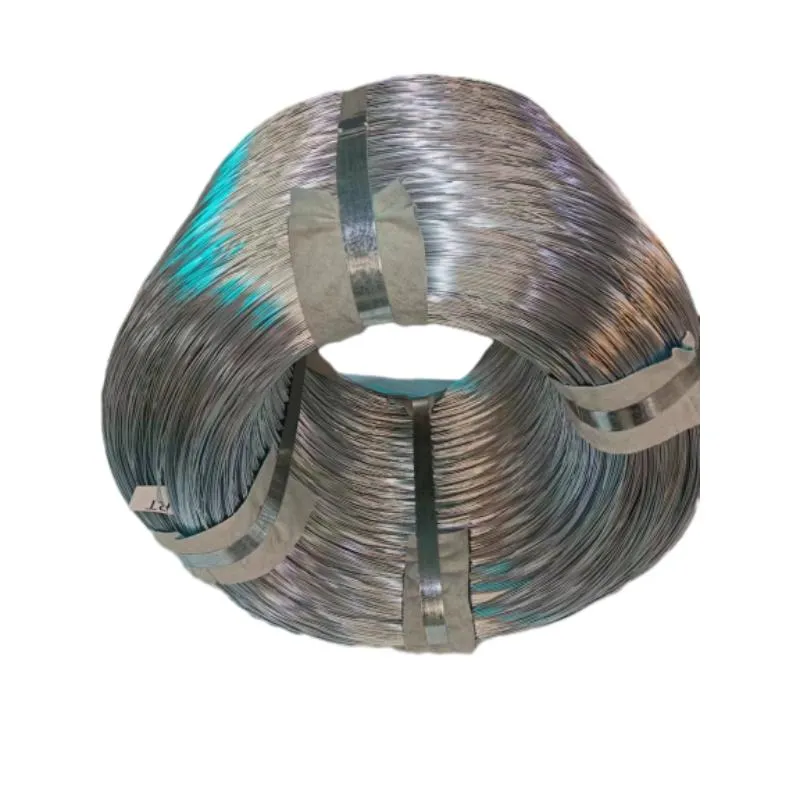
(type 90 18 gauge staples)
FAQS on type 90 18 gauge staples
Q: What are type 90 18 gauge staples used for?
A: Type 90 18 gauge staples are commonly used for woodworking, upholstery, and general construction tasks. They offer strong holding power while minimizing material damage. These staples are suitable for use in compatible staple guns.Q: How do type 90 18 gauge staples differ from type 71 22 gauge staples?
A: Type 90 18 gauge staples are thicker and stronger than type 71 22 gauge staples. Type 71 staples are finer, making them ideal for delicate work like fabric or light trim. Choose based on the required holding strength and material sensitivity.Q: What is the difference between F type and T type nails?
A: F type nails are typically brad nails with a small head, suited for finish carpentry and trim. T type nails have a T-shaped head, offering greater holding power for cabinetry and furniture. Use F type for concealed work and T type for structural strength.Q: Are type 90 18 gauge staples compatible with all staple guns?
A: Not all staple guns support type 90 18 gauge staples. Always check your tool’s manual for compatibility before use. Using the wrong staple type may damage your tool or workpiece.Q: What applications are best for type 71 22 gauge staples?
A: Type 71 22 gauge staples are best for upholstery, light wood joining, and attaching fabric to frames. Their thin profile prevents splitting delicate materials. They are ideal where a less visible and lighter hold is desired.-
20 Gauge 3/16 Crown Staples: Premium Fasteners for UpholsteryNewsAug.27,2025
-
90 Series Staples: Premium 18ga Narrow Crown FastenersNewsAug.26,2025
-
Precision 90 Series Staples - 18GA Narrow Crown, 10-38mmNewsAug.21,2025
-
Secure & Strong Fine Thread Drywall Screws for DrywallNewsAug.19,2025
-
21 Gauge 1/2 Inch Crown 84 Series Fine Wire Staple-Baoding Yongweichangsheng Metal Produce Co., Ltd.|Precision Engineering&Corrosion ResistanceNewsAug.18,2025
-
21 Gauge 1/2 Inch Crown 84 Series Fine Wire Staple - Baoding Yongweichangsheng Metal Produce Co., Ltd.NewsAug.18,2025

